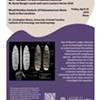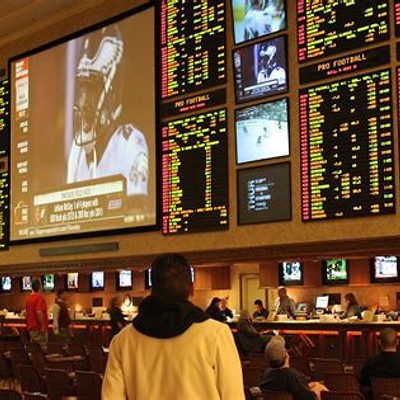Steamrolled!
Neighborhoods pay price for City Hall schemes and clueless Council
Page 3 of 4
Ironically, that person is Beverly, the same staffer who convened the "informal" group of developers on the Turn Around Committee in the first place. That means that, in simple language, the same staffer charged with enforcing the rules wound up working with the developers she is supposed to enforce them upon to rewrite and loosen them without public input -- which ultimately gave Beverly and the developers more power.
That is, again, because there are no formal rules governing whether it's OK to connect a neighborhood to a business park, regardless of the size of the business park.
Sometimes Beverly and staff ultimately decide to allow it, she says, and sometimes they don't. At other times, the decision is made for them by City Council when it does conditional rezonings. In this case, City Council could vote on Nov. 15 to approve the zoning change Levine is seeking without a road connection -- and Beverly and the planning staff could allow Levine to add it in later when he brings his building plans in for approval.
That leaves one person with an awful lot of power, says Andrews.
"This could come down to one person making a decision without any written guidelines at all," said Andrews. "If that one person doesn't come out to the neighborhood, or isn't required to do any kind of cost-benefit analysis, how do they know how this will affect us?"
What particularly bothers Stonehaven residents about this is that when the Levines bought the land along Monroe, they knew it was land-locked. At the time, it was a sore spot for development because it was bounded on two sides by neighborhoods, by a greenway on the third side and by railroad tracks along Monroe Road. Today, there's only one way to get into the McAlpine Business Center. Customers must turn off Monroe Road and cross the railroad tracks. If a train is coming, they have to wait. The business center already employs an evening rush hour traffic cop who stops traffic on Monroe Road to let the crush of traffic out. So to successfully expand the square footage of the business park, Levine needs another way for the traffic it would generate to move in and out. That's why the Stonehaven connection is so important to Levine.
But is it fair to this well-established neighborhood?
"They bought the property knowing it was land-locked," said Alix. "The developer has repeatedly said there is nothing going into that development that would be considered a neighborhood service. The retail in there is going to be showrooms very similar to what he has at the Greylyn Business Park. I don't see why this would be connected to the neighborhood. I don't see why our safety and our peace and quiet and our enjoyment should be put in jeopardy for his financial gain."
So far, however, it looks like the city's policies are working in Levine's favor. According to the planning staff's analysis, none of the traffic that winds up on Thermal Road can be considered "cut-through traffic." That's because a few years back, planners and the city's traffic department got together and picked out a smattering of roads across the city and designated them as "major collectors" and the City Council approved the map. According to the subdivision ordinance, traffic on major collector roads is never considered cut-through traffic.
The four streets in Stonehaven were among those that were designated major collectors on the map. By way of comparison, Morrison Boulevard is also a major collector. Morrison, however, is a striped, four-lane road with turn lanes, a median, sidewalks and traffic lights. Thermal and the four roads it adjoins with to carve a path through Stonehaven are all typical two-lane residential streets you would find in any subdivision: three of the four roads don't even have sidewalks. But incredibly, they were given the same classification as Morrison Boulevard. The City Council members CL spoke to for this article weren't too sure why that was, either.
Charlotte Department of Transportation Manager of the Planning and Design Division Norman Steinman says the major collector designation is part of a classification system that's been around since the 1960s. Steinman says he is currently working with the city's Transportation Committee to come up with new designations for roads that will take into account the number of cars a street can carry. Eventually, Steinman hopes the committee will be able to use this information to craft a formal connectivity policy. But given that the city has been "studying" connectivity since 1998, and paying consultants for studies on connectivity whose findings it has subsequently ignored, there's no telling how long it will take the city to actually come up with a policy.
Latest in Cover
Calendar
-

NEW WINDOW GALLERY-Pat Rhea-ACRYLIC PAINTINGS-April 05-30 2024 VALDESE, NC 28690 @ New Window Gallery/Play It Again Records
- Through April 30, 12 p.m.
-

TheDiscountCodes
-

"Blood Residue Analysis of Paleoamerican Stone Tools in the Carolinas" @ Native American Studies Center
- Fri., April 26, 12-1 p.m.
-

Brightfire Music and Arts Festival @ GreenLife Family Farms
-

ARTS RENAISSANCE, a GALA supporting the ARTS in South Carolina @ the Columbia Museum of ART
-
5 Online Player Communities to Join in Michigan
-
A beginners guide to online sports betting in the US
-
I Changed my Sex. Now What?
Scott Turner Schofield's rapid transit to a new identity










